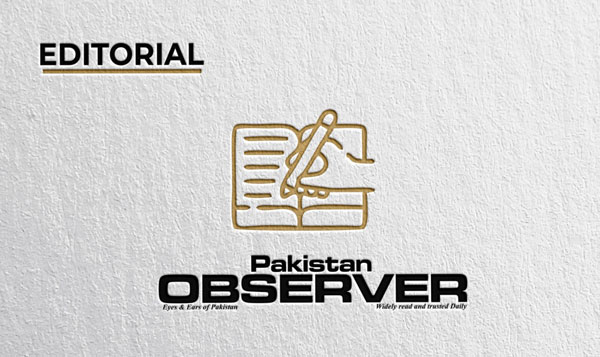THE collapse of a five-storey building in Lyari’s Baghdadi neighbourhood, claiming at least 27 lives, is a heartbreaking reminder of the urgent need to address safety risks in Karachi’s older neighbourhoods.
In response, Sindh Government has announced a phased operation to evacuate and demolish all hazardous buildings in the area. Addressing a news conference, Sindh Minister for Local Government Saeed Ghani said on Monday that the committee investigating the recent building collapse in Lyari has also been tasked to submit a detailed report on fifty-one other severely dilapidated buildings across Karachi, adding these will be demolished after a survey. In addition, the city commissioner has been tasked with compiling data on 588 other buildings deemed dangerous in the port city. Meanwhile, Sindh Chief Minister Murad Ali Shah has urged citizens to verify whether residential buildings have obtained all necessary approvals before purchasing flats.
These are crucial steps toward ensuring public safety but they come tragically late. It would have been far better had such assessments and actions been undertaken proactively, before the tragedy struck. Nevertheless, the current momentum must not be allowed to fade. This effort needs to be sustained and institutionalized to ensure that no more lives are lost to preventable building collapses. Karachi has witnessed a rise in building collapses over the past few years. These incidents point to deeper issues involving lax regulation, unsafe construction practices and weak enforcement of building codes. Addressing these challenges will require more than just emergency measures — it calls for sustained attention, proper planning and institutional accountability. The demolition of unsafe structures, while essential, must be carried out with great sensitivity to those who live in them. Many families rely on such buildings for shelter due to limited housing options. The success of the operation will depend not just on how many structures are brought down, but on how the affected residents are supported. A dignified humane approach with proper relocation, compensation, and future housing solutions is imperative. Moreover, this tragedy must lead to a renewed focus on building safety standards. The implementation of building codes cannot be selective or symbolic. Strict enforcement must become the norm with clear accountability for violations. We hope Sindh Government will take all necessary steps to ensure such tragedies do not recur.










